During my stay in Tenerife, Spain, I met a lovely couple. Davide is an Italian from Sicily, and J is Chinese, living in Europe for a long time. We enjoyed each other's company tremendously. Therefore, I was delighted to be invited to their wedding in China. The celebration was organized in J's home town: Harbin.
My girlfriend and I flew from Malaysia with a stopover in Shanghai. It took us around 10 hours to get there, as Harbin is located to the North of North Korea. That sounds thrilling, but it's true! On top of that, Harbin has been heavily influenced by Russian culture. The Chinese Eastern Railway was funded by the Russian Empire and Harbin was a major junction. Funny enough, a Polish engineer, Adam Szydłowski, was a co-founder of modern Harbin, and the first city mayor.
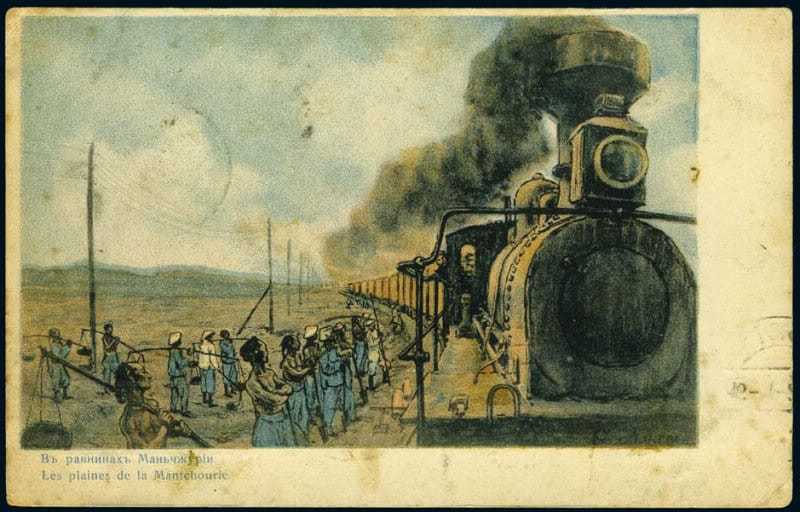
Russian church, bread, and matryoshka
It was mid-September, and we were blessed with sunny days. Ideal for strolls around the city. A city that could be Moscow's double. Starting with the beautifully preserved Saint Sophia orthodox cathedral, with plenty of cosplayers in historical outfits. Storefronts had decorated names in Russian Cyrillic. Lastly, even the residential area was a massive gray blocks of flats. A familiar concept in all former Soviet Union.
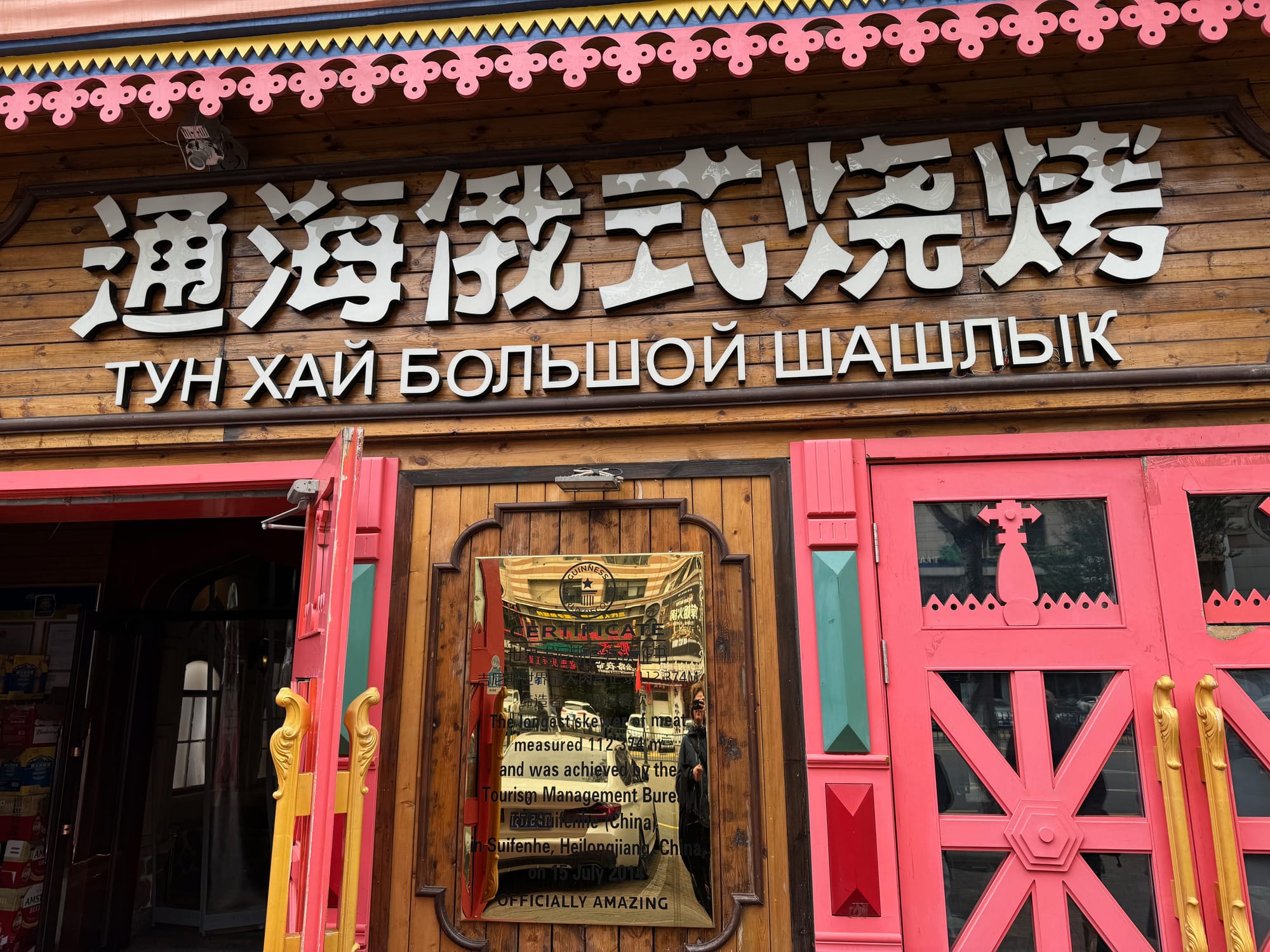
The resemblance to what I remember from my childhood, didn't end there. I was delighted to discover that common for me, rye bread is considered a delicacy in local bakeries. They even offered “kvass”, or as I know it in Polish: kwas chlebowy. A rye-based, acidic and fuzzy drink, best served cold. Yet, my biggest surprise was to see matryoshka, the wooden stacking dolls. Yes, I did play with them as a kid, and years later I highly enjoyed Stacking, the video game by Tim Schafer.
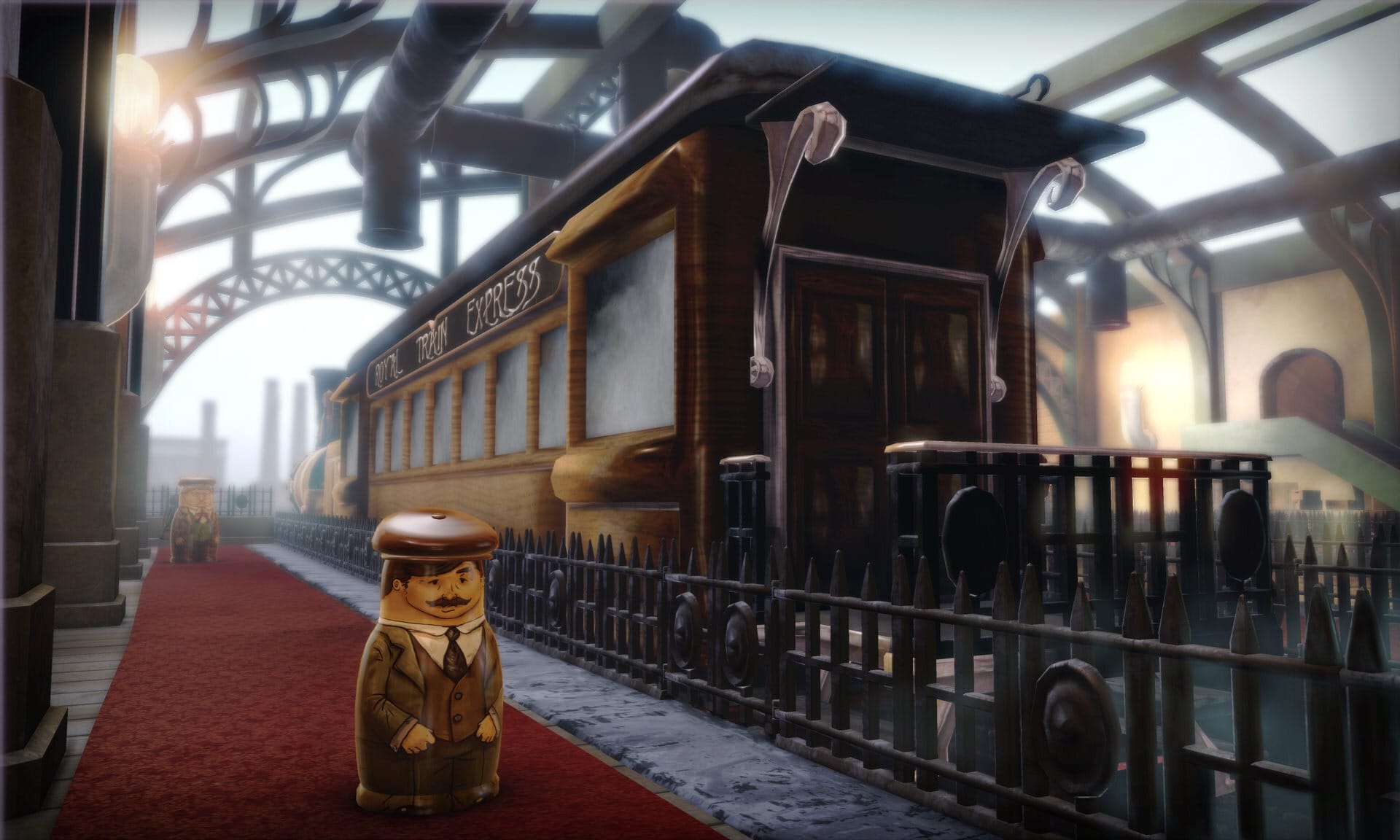
Harbin the Ice City 冰城
Besides the cityscape, Harbin has one more common thing with Russian culture. Most of the year, it's cold here. Which makes it a popular ski resort in Asia and the host of winter sports games. I'd love to try snowboarding the local slopes, but September was too early for that.
However, the ice sculptures are the other well-known attraction. I experienced something similar in Sapporo in Japan. During winter, giant blocks of ice are carved and illuminated. Usually representing imaginary structures and characters. While the Sapporo Ice Festival happens only in winter, Harbin also has a permanent exhibition in a massive ice-cold hall.
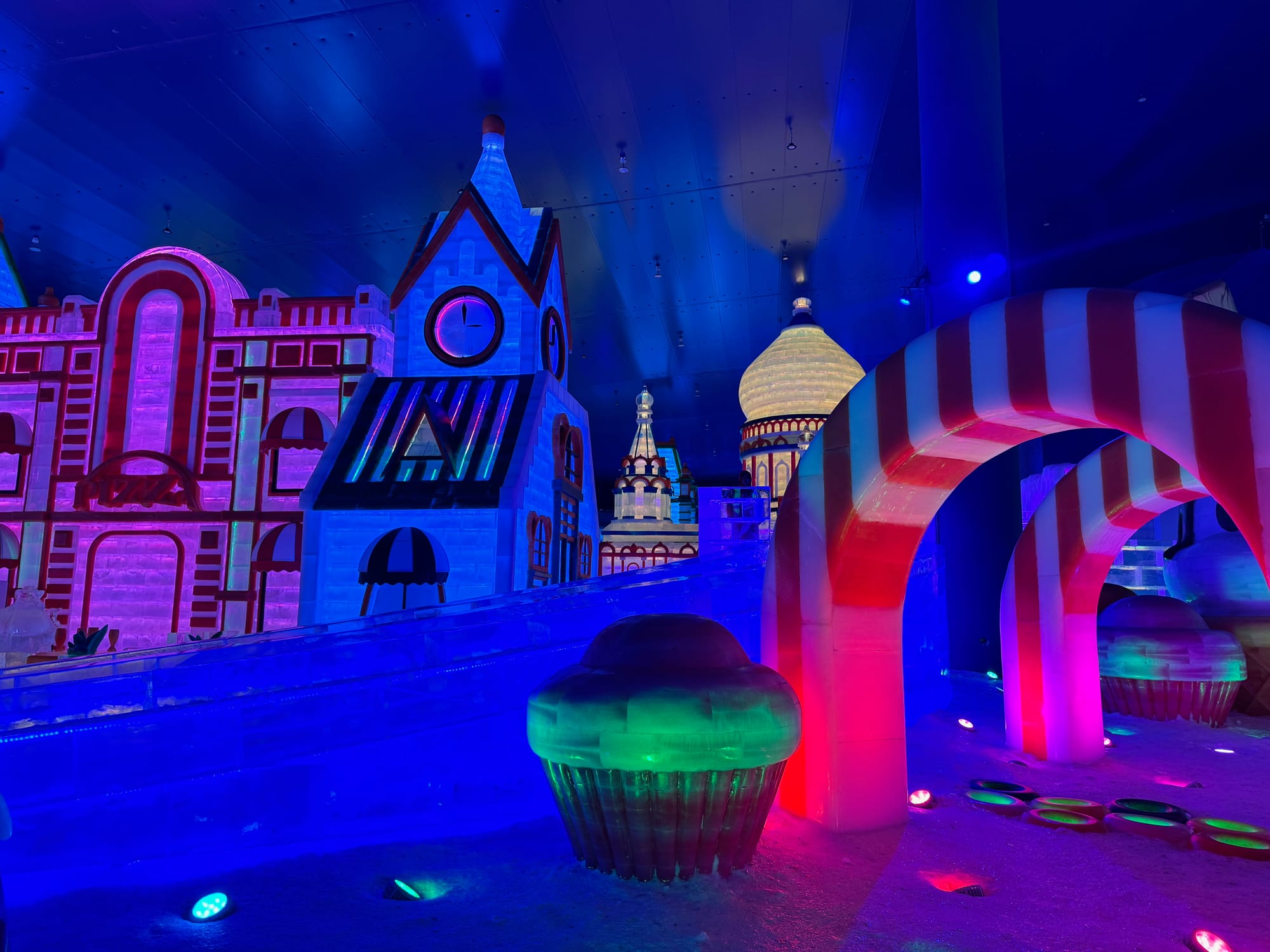
Geared up in provided winter coats, we roamed around magical castles, slopes, angels and even a hole cathedral. All built with ice. Quite a unique experience.
Unit 731
Concerning unusual experiences, we also had a chance to visit the infamous Unit 731 museum. It is the concentration camp located in Harbin during the Japanese occupation of China in 1936-1945. Just like Mengele was conducting lethal human experiments in Auschwitz, so does Shirō Ishii was performing unspeakable atrocities in Harbin.
The museum is well-designed and translated to present this sensitive topic. The stories of the captives are recreated in a way to show the scope of this horrific operation. Yet without the gruesome brutality. Much like during my visit to Auschwitz, I felt depressed. But, I'm glad I saw this tragic period of history.
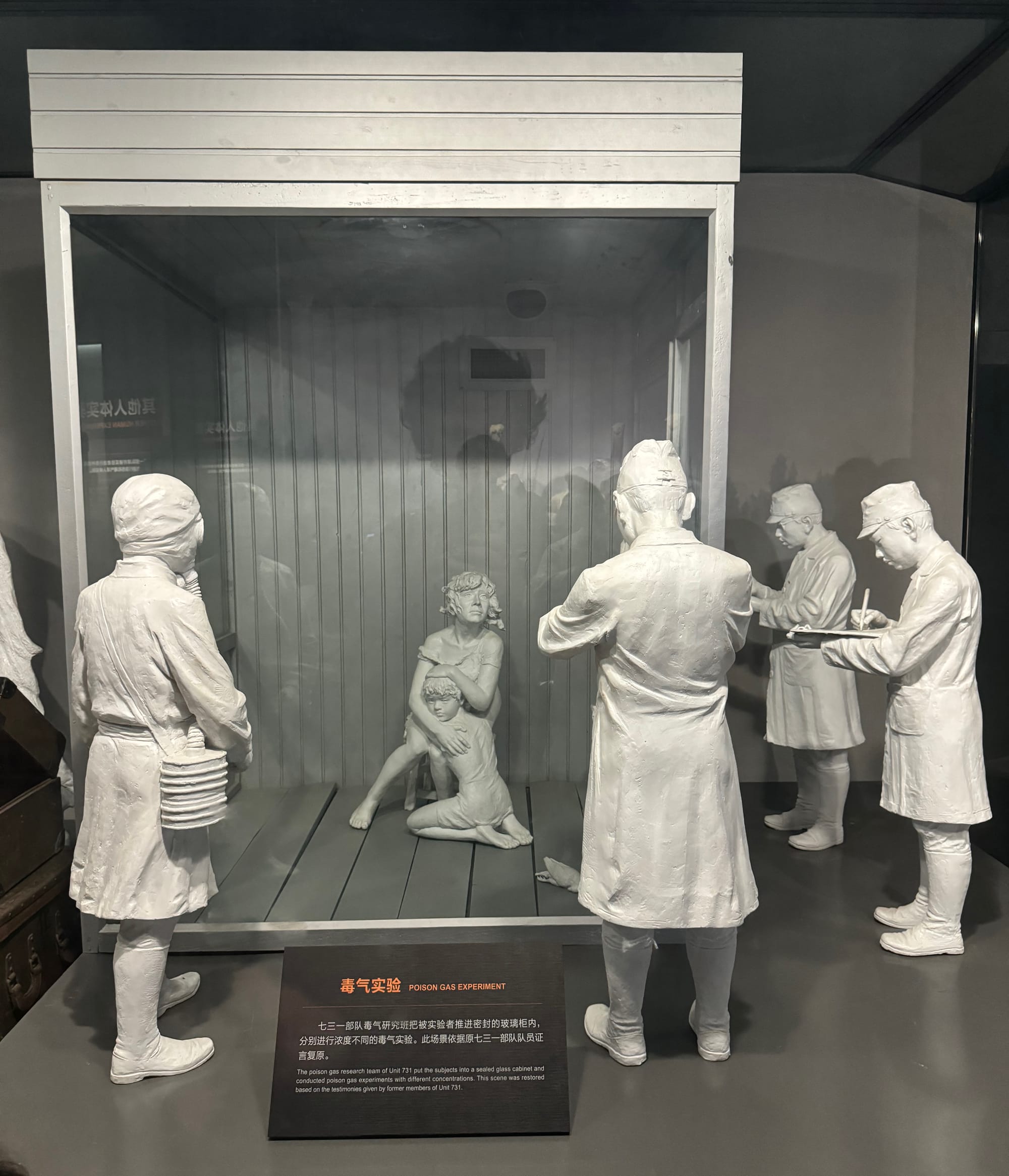
Not many people in the West learn about this topic. Moreover, while Asian countries produce movies about Unit 731, for Hollywood it appears to be taboo. Maybe because the US granted immunity to Japanese physicians involved in Harbin.
Pleasant park stroll and dancing
In terms of World War II artifacts, my favorite place was Harbin Stalin Park. Yup! In many places, like Poland, Stalin is on par with Hitler, so anything bearing his name, was renamed after the war. China remains in good terms with Russia, hence the title preserved. And it was my favorite part of the city, because of lush greenery, wide pavements and plenty of locals enjoying their leisure time.
I loved our sunny stroll along the Songhua River, where the park is located. We took plenty of pictures with pleasant nature background and Chinese performances. Some of them whipped huge spinning tops, others played on traditional instruments or did acrobatics in the open air gym. At one point, we were even invited to dance with a local trope of improvising artists!
Spontaneous dance improvisation with locals in Harbin
Chinese wedding of J and Davide
The last and most important part of our agenda was the wedding ceremony. We had it in a fancy restaurant, with extensive decorations and stacked food plates. J's Chinese family were the primary guests. Therefore, both me and my girlfriend were the main attraction to them. Snapping plenty of shots with all the aunties and uncles. We're grateful to bring joy to the newlyweds and J's family.
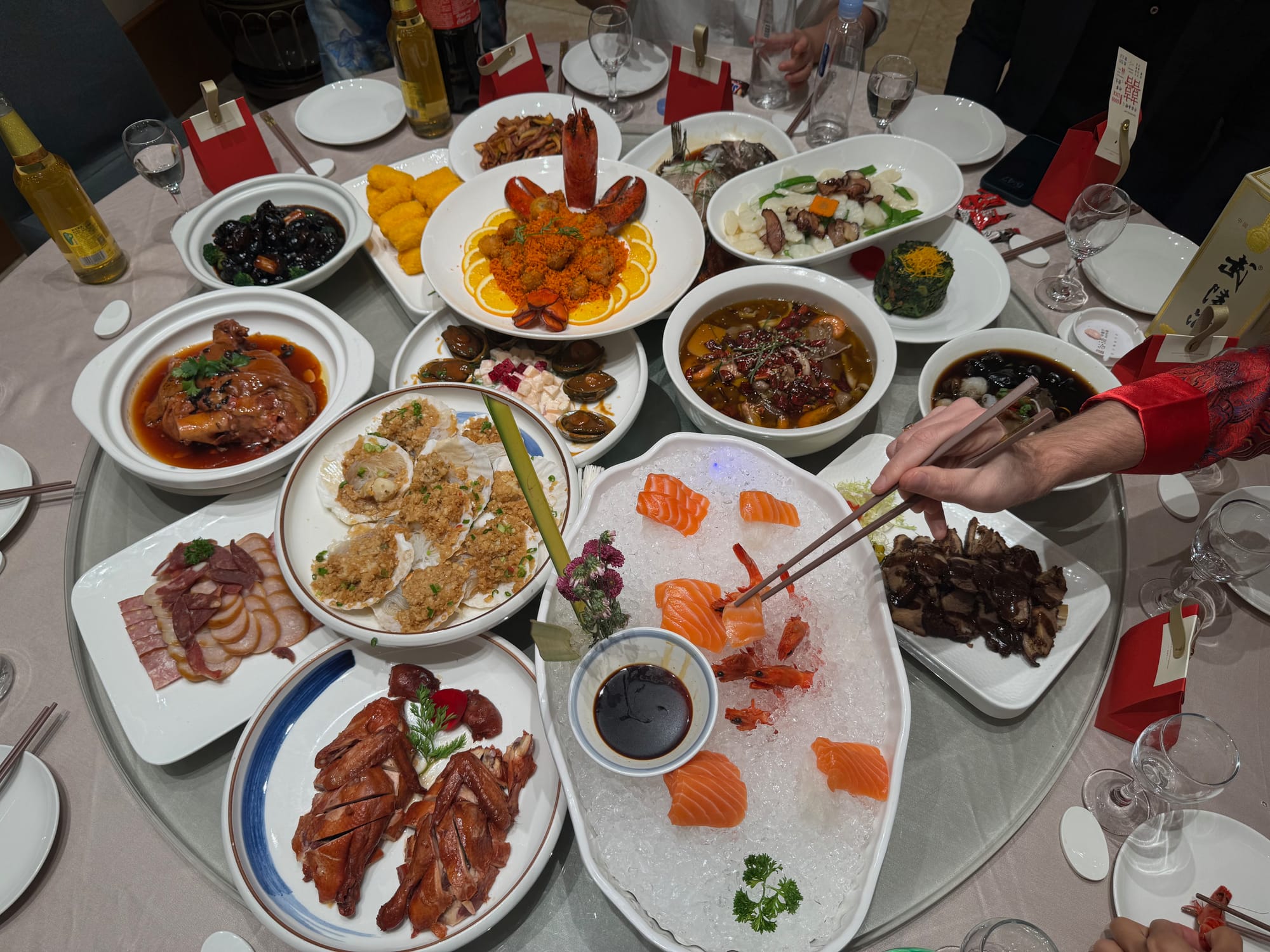
How a city can change
I came not knowing much about Harbin. I left being very positively surprised. Especially, in terms of how much a city can change in just 150 years. From a fishing village, to a major train hub, to the devastating WWII period, and finally to a vibrant winter sports resort. Now, I'm excited to snowboard in Harbin in the near future.
Davide and J's video from Harbin


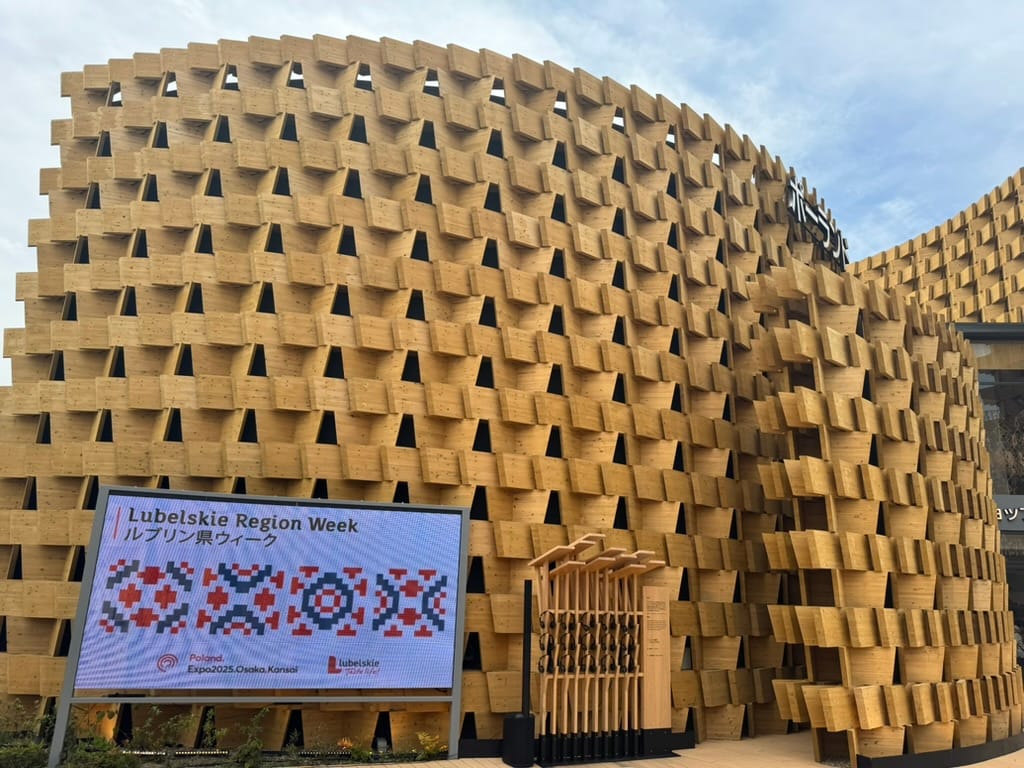



Discussion